- Phone :8424935000
- Phone :9821593825
- Branch :CBD & KHARGHAR
- Enquery Now
The Following Are Some Common Hearing Aid Styles.

INVISIBLE IN CANAL (IIC)
The invisible hearing aid is appropriate for people with mild to moderate hearing loss who do not want others to know about it. IIC is a “deep canal” aid, which means it fits easily into the second band of your ear canal. It is digital and programmable, resulting in fully invisible hearing, filtering out undesired background noise, improving listening in noisy areas, and providing a comfortable, customized fit.
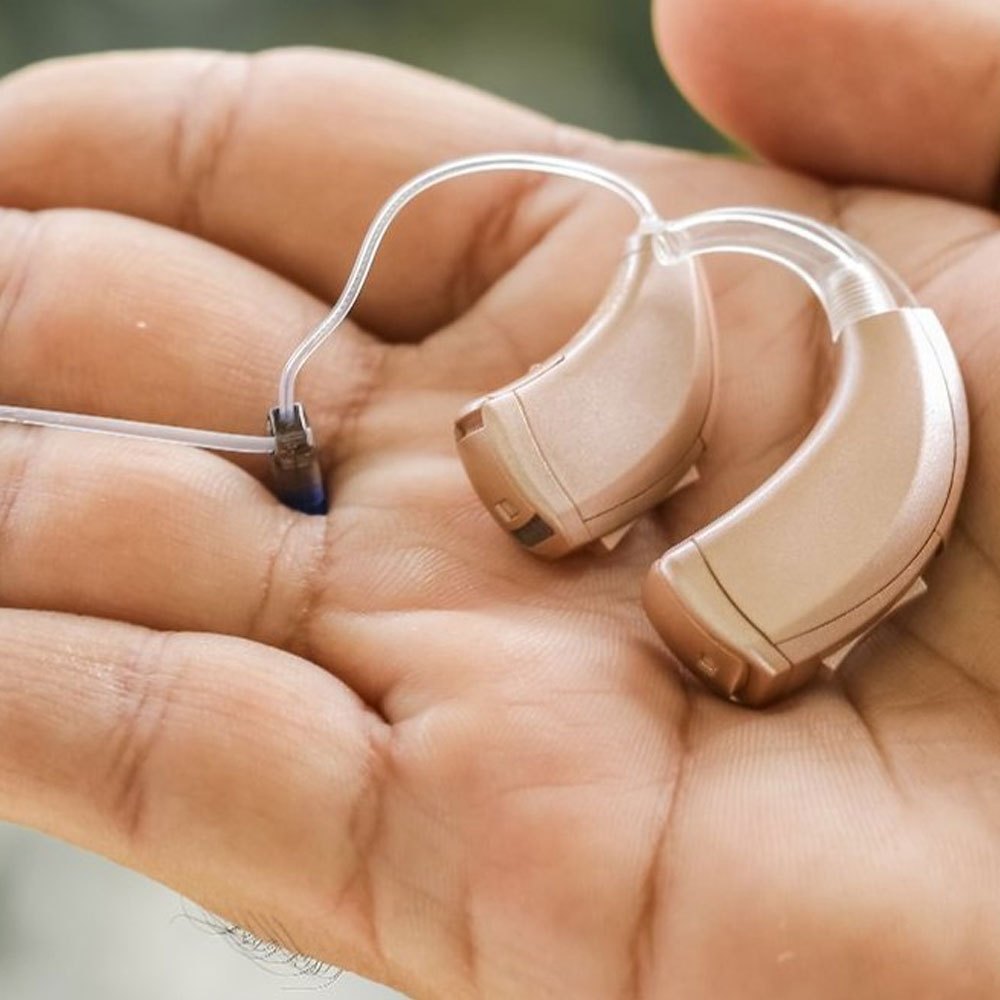
RECEIVER-IN-CANAL (RIC) WITH OPEN FIT
The receiver-in-canal (RIC) model is a relatively new breakthrough in hearing aids, and it is best suited for mild to moderate high-frequency losses if low-frequency hearing remains normal or near normal. Compared to a traditional behind-the-ear (BTE) hearing aid, the RIC’s receiver (the loudspeaker) is located in the ear-tip rather than the housing, reducing its size and making it nearly unnoticeable. Because these aids leave the ear canal accessible, some people prefer this type because their own voice does not sound as weird to them as a BTE.
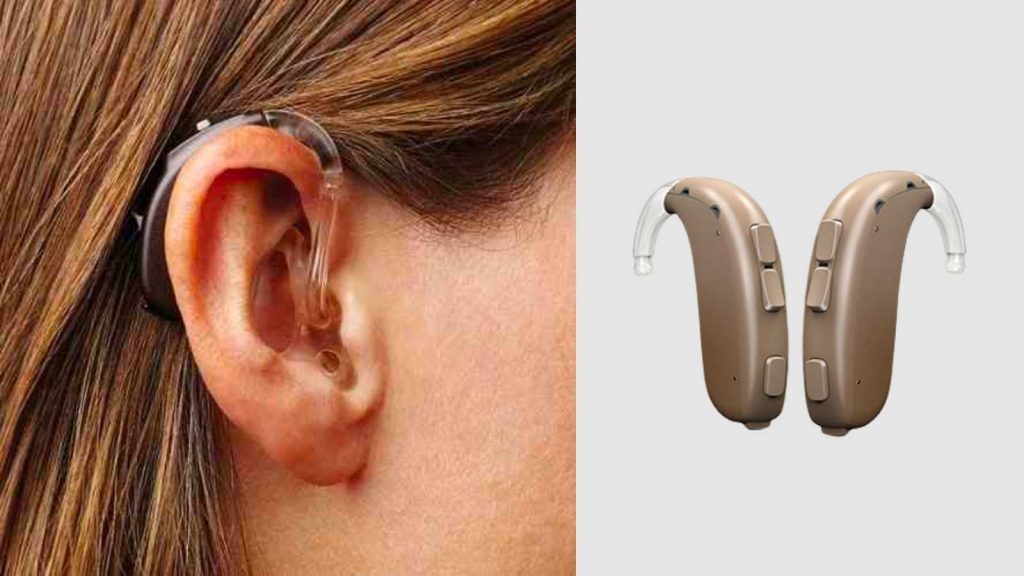
BEHIND-THE-EAR HEARING AIDS (BTE)
If you have severe to profound hearing loss or very small ear canals that make it impossible to place a complete hearing aid into your ear, the classic behind-the-ear type (BTE) is your best option. A typical BTE model houses all of its electronic components behind your ear. Furthermore, the BTE aids are visible but easy to clean and handle, and they are relatively durable.

COMPLETELY-IN-CANAL HEARING AIDS (CIC)
The CIC is the smallest form of hearing aids and is best suited to people with mild to moderate hearing loss. It is a custom-made casing that houses all electronic components. The shell is inserted deep into the ear canal, making the hearing aid nearly unnoticeable. A CIC offers a significant aesthetic advantage in that no one can see that you are wearing a hearing aid.
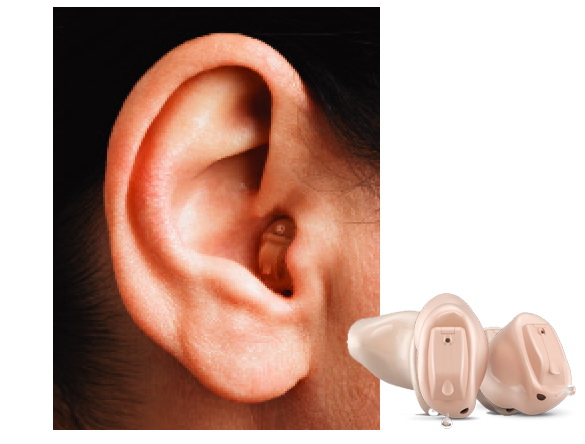
IN-THE-CANAL (ITC)
These hearing aids are less obtrusive and much easier to use, especially if the user has limited dexterity. The hearing device is encased in a custom-made shell that fits comfortably into each ear canal and transmits sound straight to the inner ear. We can additionally supply volume control and a program change button if needed. It is larger than CIC, but less noticeable than BTE.
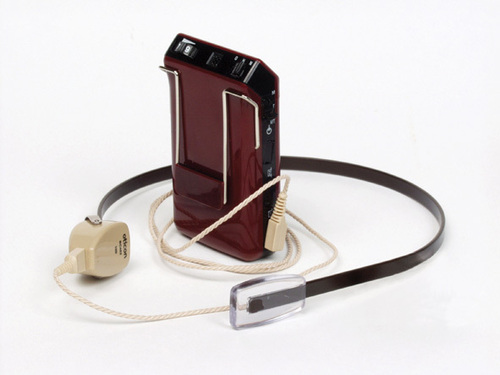
BODY-WORN
Body-worn hearing aids are made up of an earpiece connected by a line to a tiny box that can be affixed to clothing or carried in one’s pocket. Some individuals find the controls easier to use, and they can be rather strong.
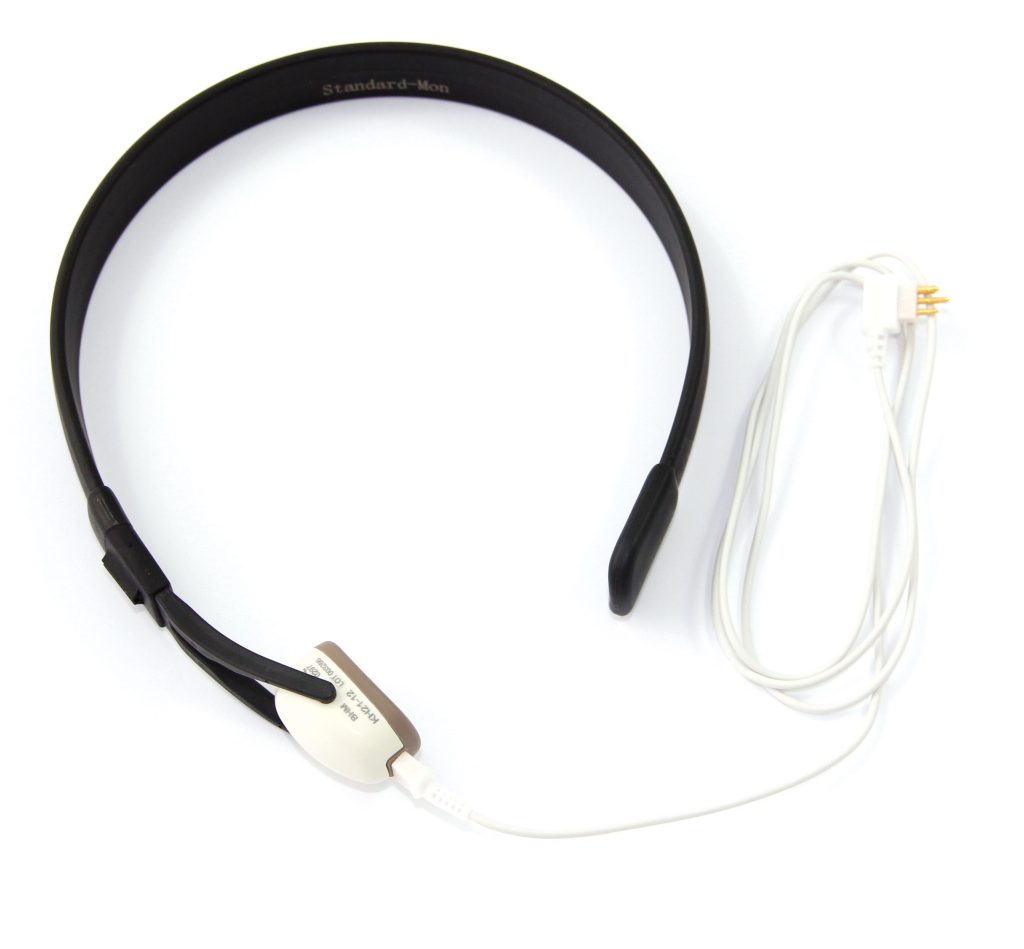
BONE CONDUCTION
For patients who have conductive hearing loss and are unable to wear standard air conduction hearing aids.

CROS/BICROS
For people with hearing in only one ear, the CROS aid picks up sound from the side with no hearing and feeds the sound to the ear with normal hearing. BiCROS aids work in the same way but amplify the sound for people with no hearing in one ear and some hearing loss in the other ear as well.
